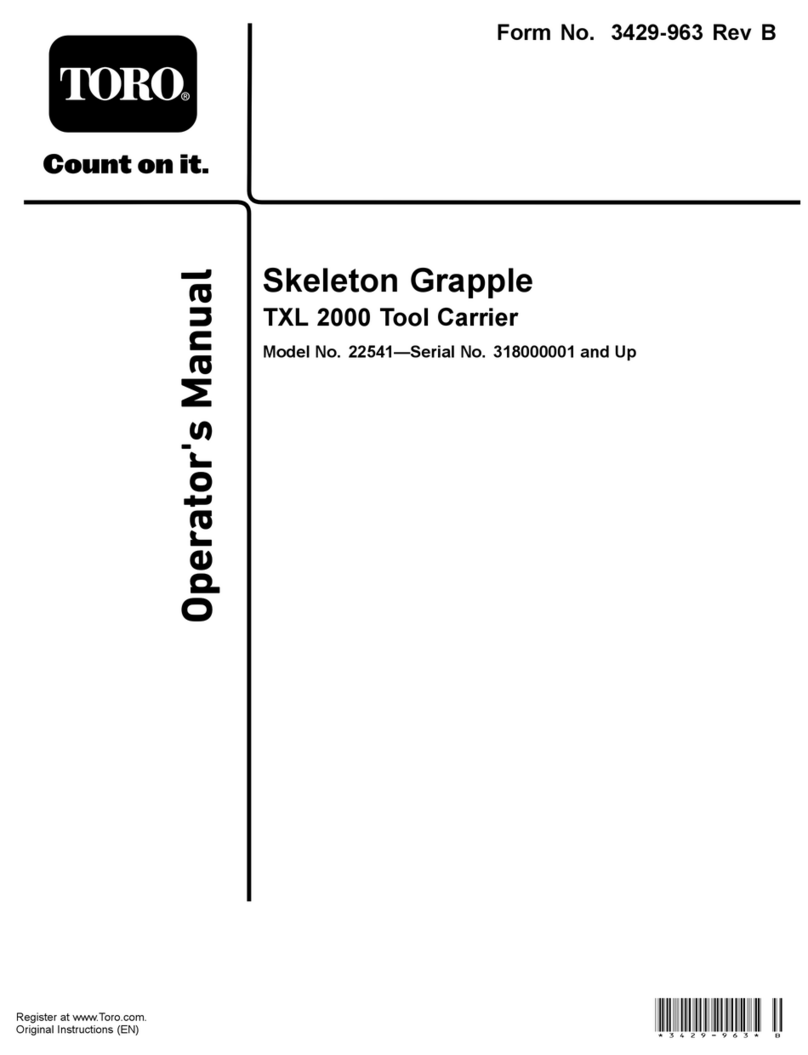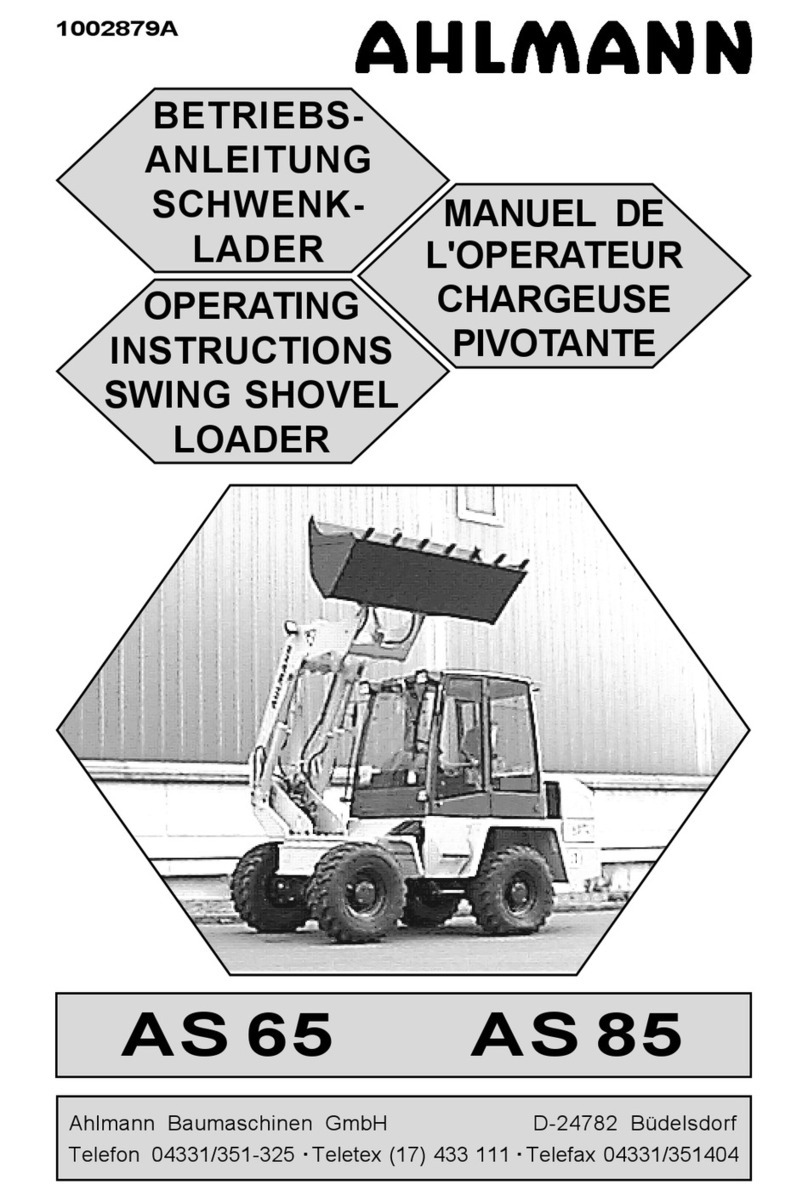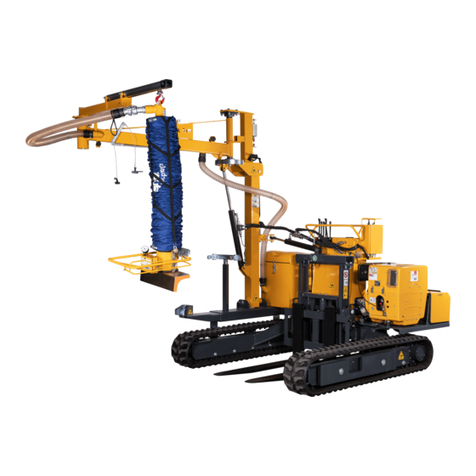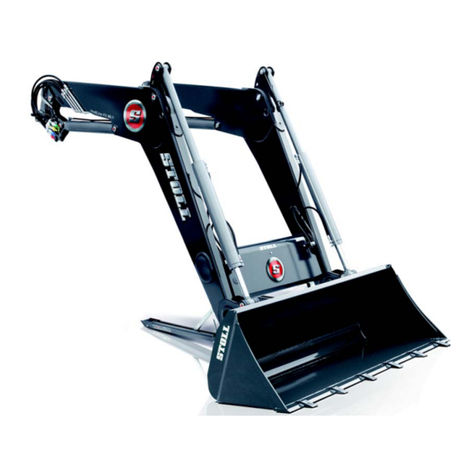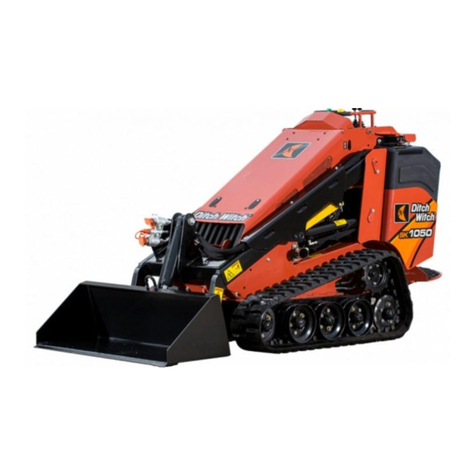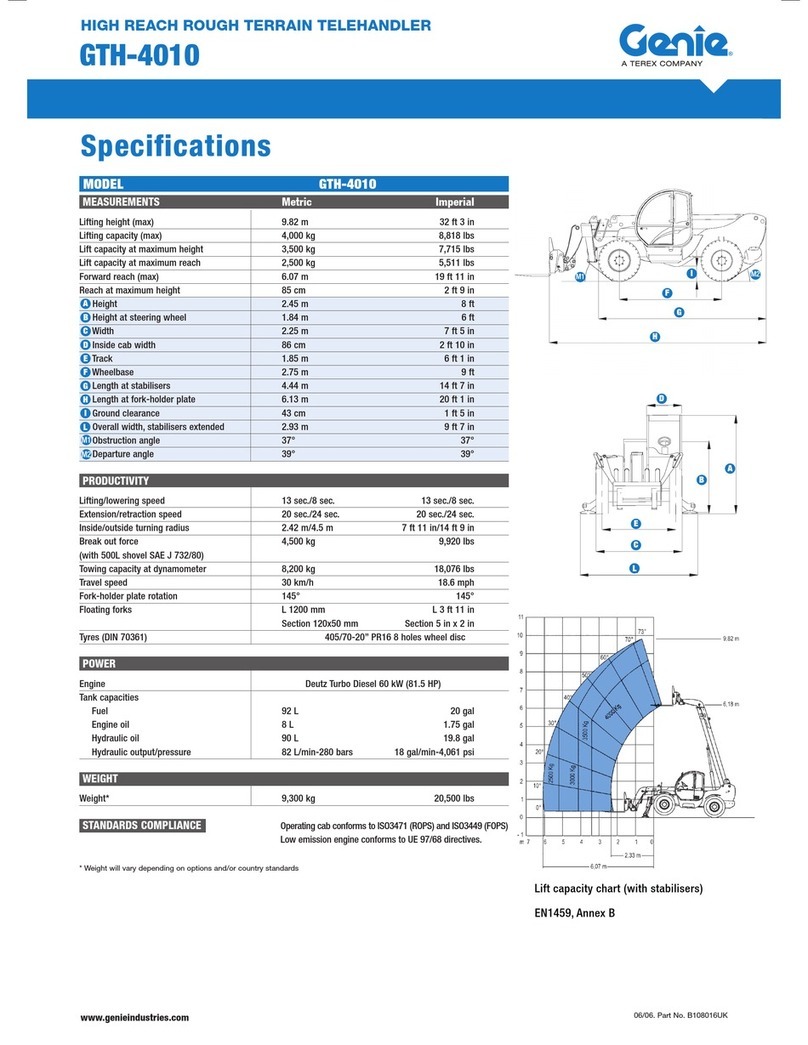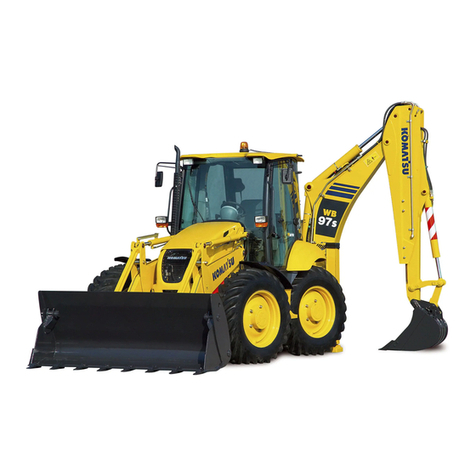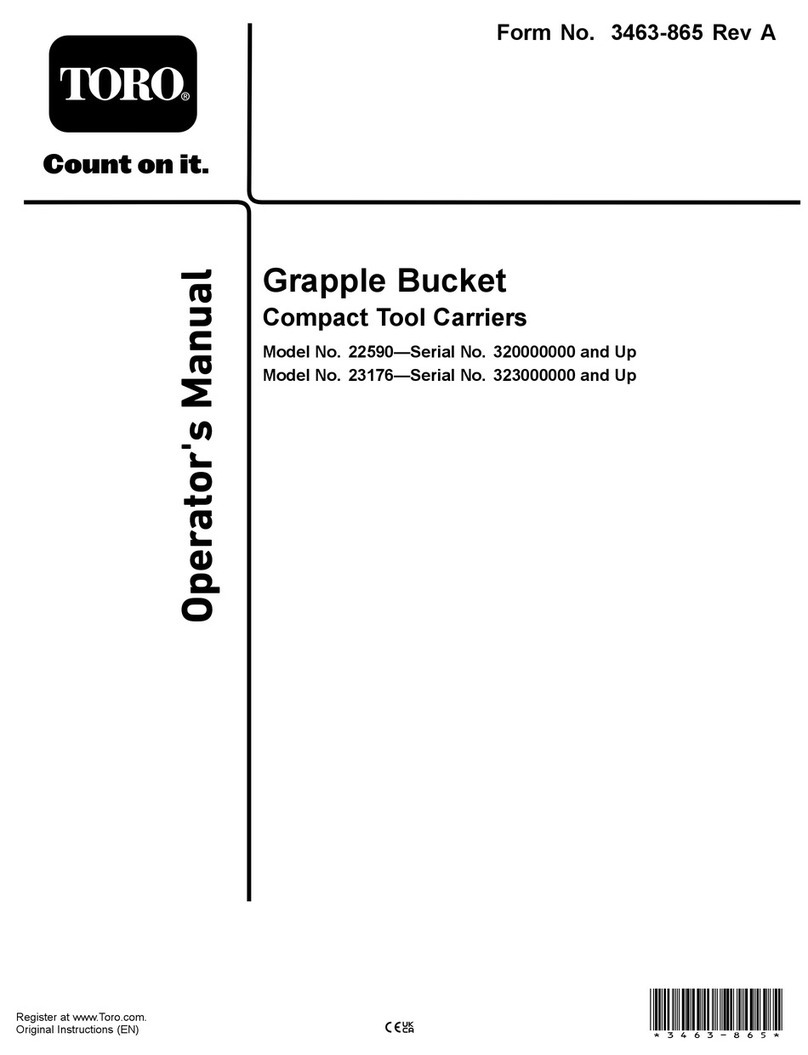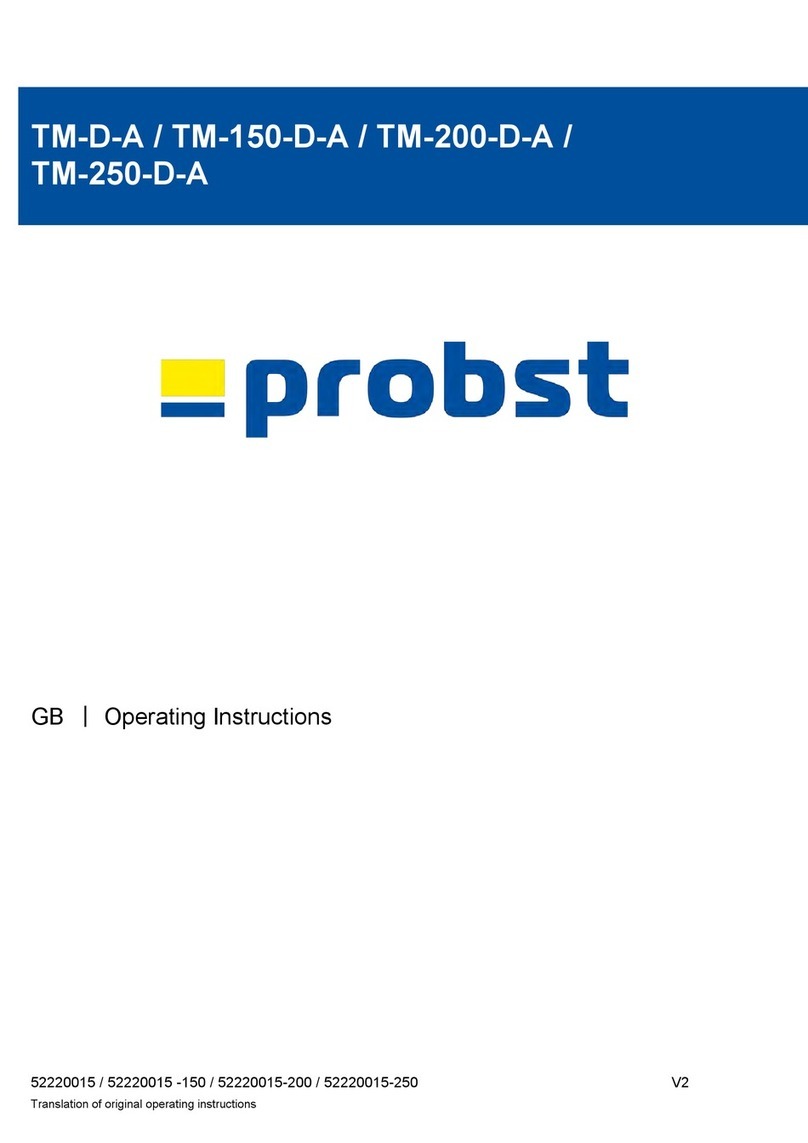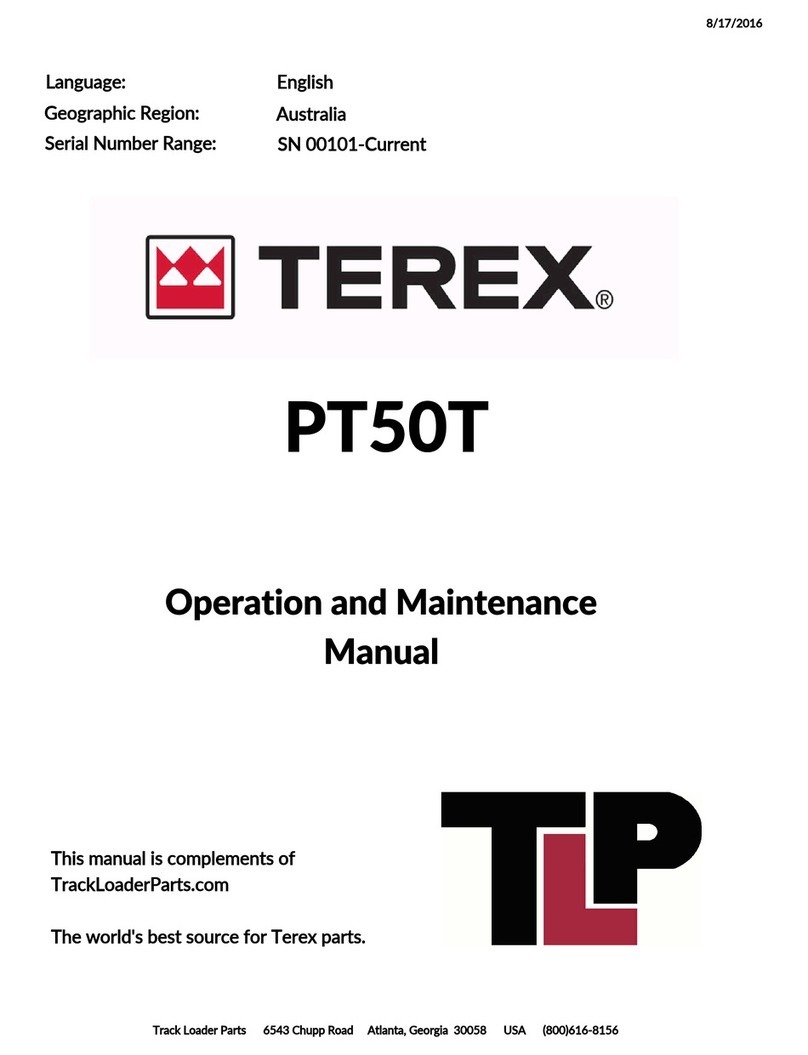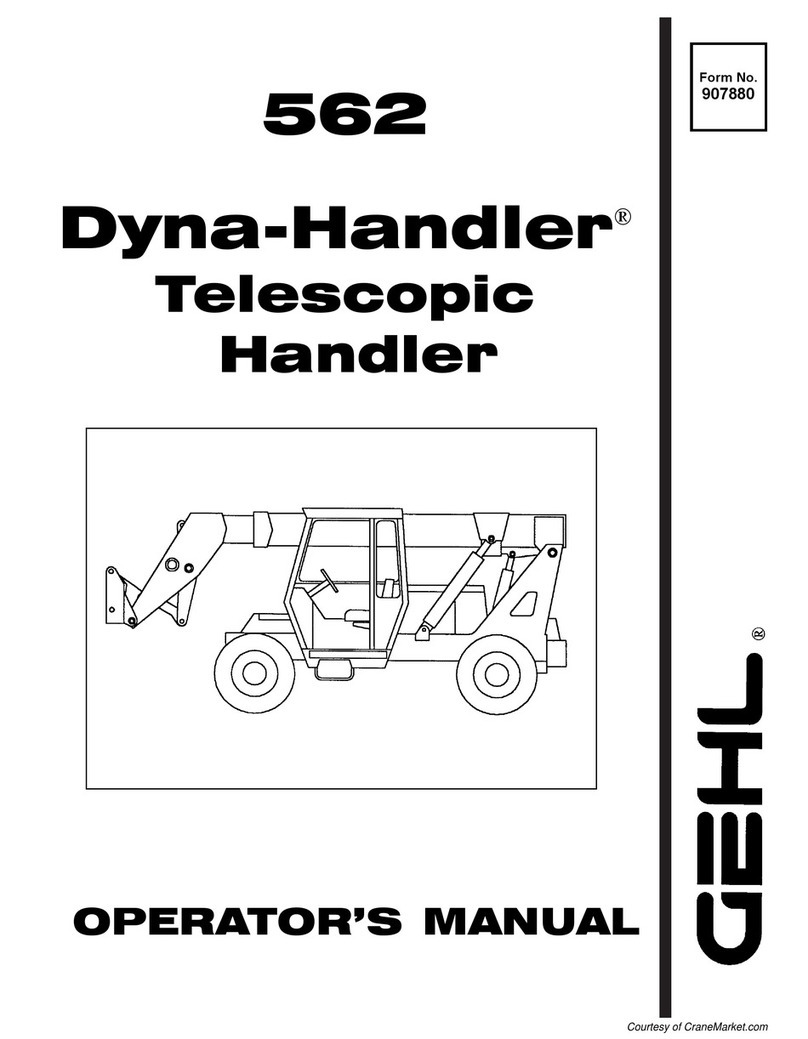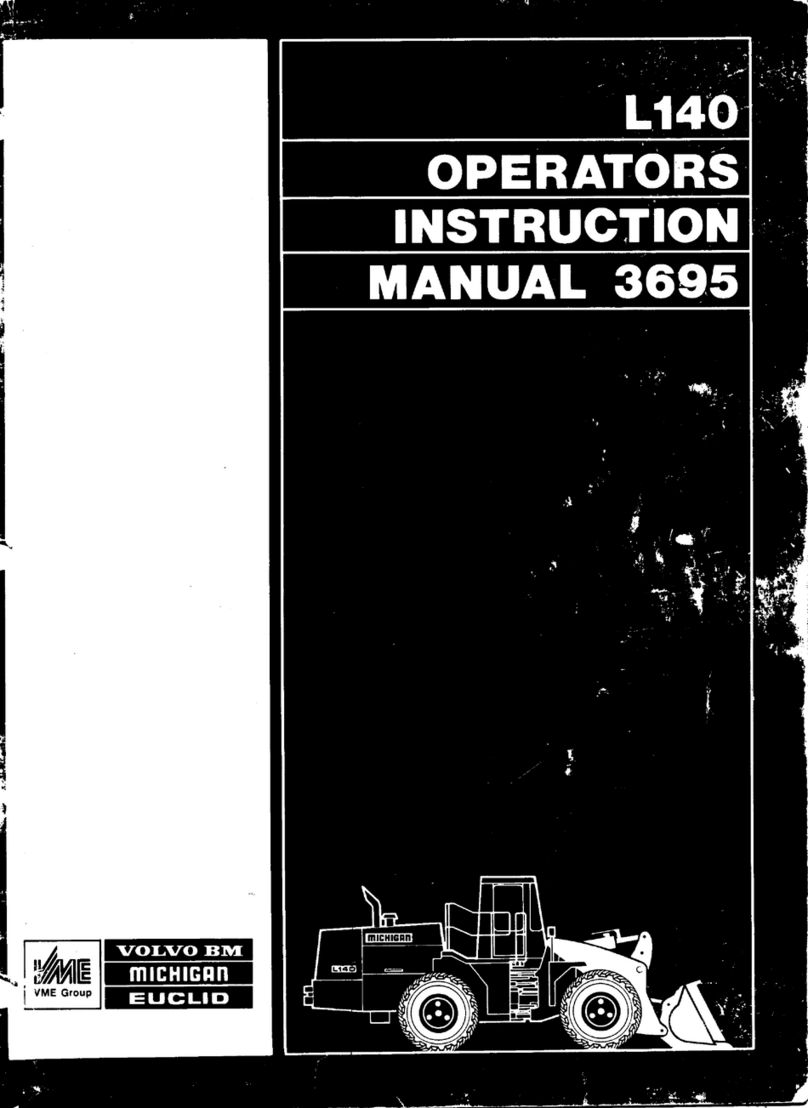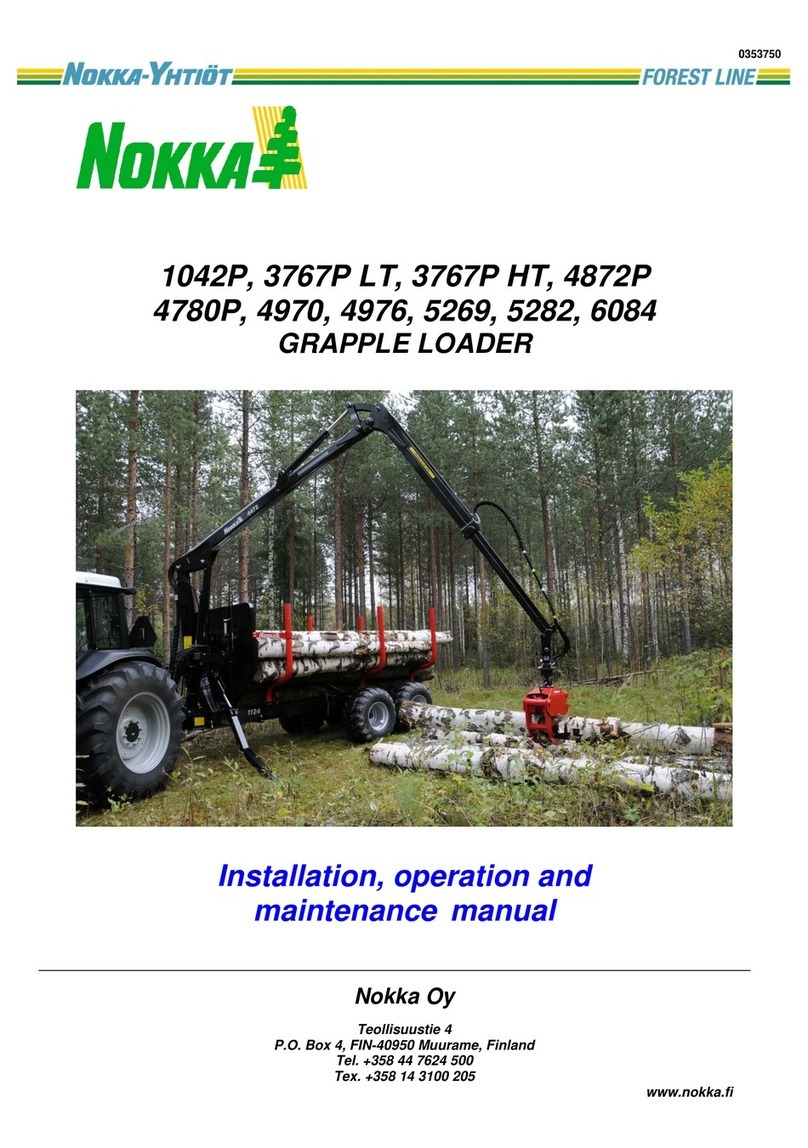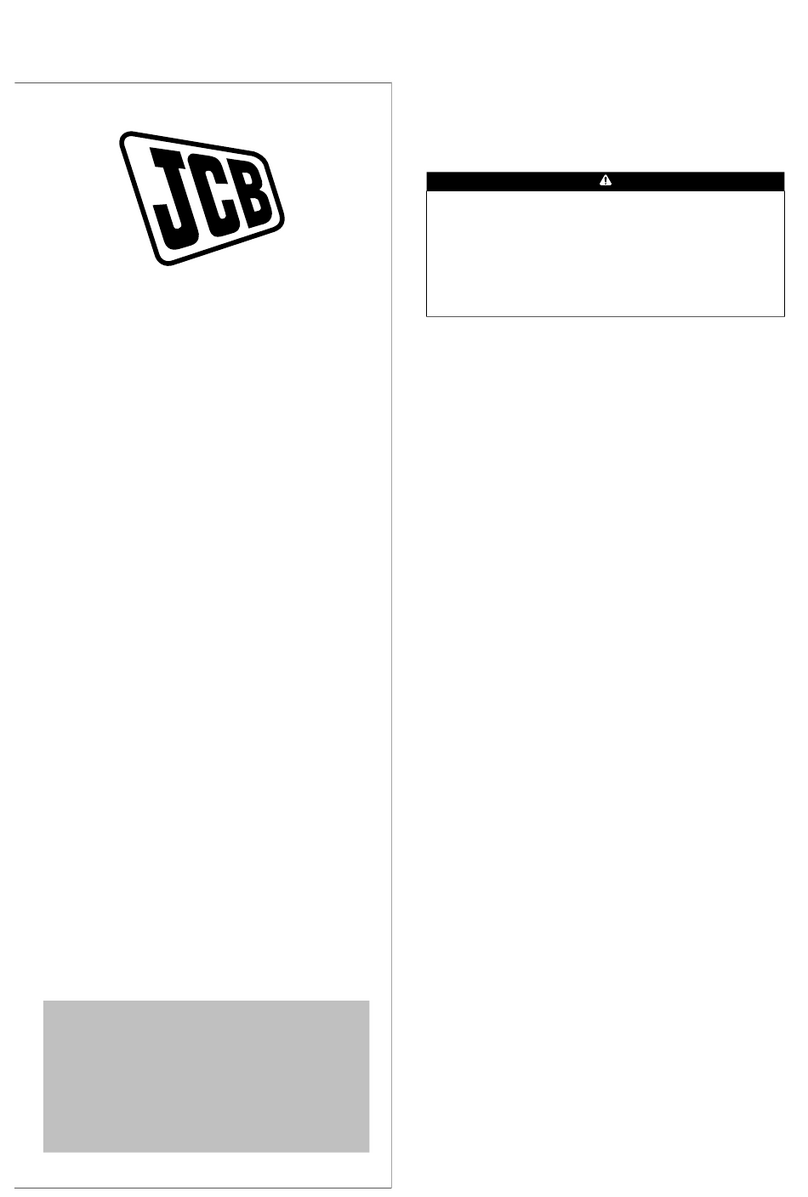
Rubber Track Loader
Table of Contents
ii
8. Hydraulic Reservoir Disassembly
and Assembly
Chapter Overview ...................................................8-1
Personal Safety.......................................................8-1
Machine Preparation...............................................8-1
Preliminary Checkout..............................................8-1
Hydraulic Reservoir Disassembly and Assembly
Procedures..............................................................8-1
Filter Assembly Removal and Installation ...............8-1
Filter Manifold Removal.....................................8-2
Filter Manifold Installation..................................8-2
Access Cover Removal and Installation..................8-2
Access Cover Assembly Removal.....................8-2
Access Cover Assembly Installation..................8-3
Reservoir Gauge Removal and Installation.............8-3
Reservoir Gauge Removal.................................8-3
Reservoir Gauge Installation..............................8-4
Suction Screen Removal and Installation................8-4
Suction Screen Removal ...................................8-5
Suction Screen Installation ................................8-5
Hydraulic Reservoir Cleaning Procedures .............8-6
Hydraulic Reservoir Cleaning ............................8-6
9. Loader/Transmission Controls Disassembly
and Assembly
Chapter Overview ...................................................9-1
Personal Safety.......................................................9-1
Machine Preparation...............................................9-1
Preliminary Checkout..............................................9-1
Loader/Transmission Controls Disassembly and
Assembly Procedures .............................................9-1
Joystick Removal and Installation...........................9-1
Joystick Removal...............................................9-2
Joystick Installation............................................9-3
Loader Float Magnet Removal and Installation.......9-3
Loader Float Magnet Removal...........................9-3
Loader Float Magnet Installation........................9-4
Loader Valve Removal and Installation..................9-4
Loader Valve Removal ......................................9-4
Loader Valve Installation ...................................9-6
Self Level Valve Removal and Installation .............9-6
10. Transmission and Drive Disassembly
and Assembly
Chapter Overview .................................................10-1
Personal Safety.....................................................10-1
Machine Preparation.............................................10-1
Preliminary Checkout............................................10-1
Hydrostatic and Hydraulic Pump Disassembly
and Assembly Procedures ....................................10-1
Auxiliary Gear Pump Removal and Installation.....10-1
Auxiliary Gear Pump Removal.........................10-1
Tandem Pump Removal and Installation ..............10-3
Tandem Pump Removal..................................10-3
Tandem Pump Installation...............................10-4
Pump Drive Coupler Removal and Installation......10-5
Pump Drive Coupler Removal .........................10-5
Pump Drive Coupler Installation ......................10-6
11. Undercarriage Disassembly and Assembly
Chapter Overview .................................................11-1
Personal Safety.....................................................11-1
Machine Preparation.............................................11-1
Preliminary Checkout............................................11-1
Undercarriage Disassembly and Assembly
Procedures............................................................11-1
Center Wheel Removal and Installation................11-1
Wheel Removal...............................................11-2
End Wheel Removal and Installation ....................11-3
End Wheel Removal........................................11-3
End Wheel Installation.....................................11-3
Sprocket Roller Removal and Installation ............11-4
Track Removal and Installation............................11-4
Track Removal ................................................11-4
Track Installation .............................................11-4
Outboard Bearing Removal and Installationl.........11-5
Bearing Removal.............................................11-5
Bearing Installation..........................................11-5
Drive Sprocket Removal and Installation ..............11-6
Sprocket Removal ...........................................11-6
Sprocket Installation ........................................11-6
Drive Motor Removal and Installation ..................11-6
Drive Motor Removal.......................................11-6
Drive Motor Installation....................................11-6
Idler Wheel Hub Service Procedures....................11-7
Disassembly Procedure...................................11-7
Assembly Procedure .......................................11-9
12. Loader Disassembly and Assembly
Chapter Overview.................................................12-1
Personal Safety.....................................................12-1
Machine Preparation.............................................12-1
Preliminary Checkout............................................12-1
Loader Disassembly and Assembly Procedures..12-1
Lift Cylinder/Tilt Cylinder Removal
and Installation......................................................12-1
Lift Cylinder/Tilt Cylinder Removal...................12-1
Lift Cylinder/Tilt Cylinder Installation................12-3
Q/C Block Relief Valve Removal and Installation..12-3
Q/C Block Relief Valve Removal .....................12-3
Q/C Block Relief Valve Installation ..................12-4
13. Maintenance
Chapter Overview.................................................13-1
Maintenance Schedule .........................................13-1
Engine Oil .............................................................13-1
Oil Change Procedures ...................................13-1
Engine Oil Specifications.................................13-1
Hydraulic Fluid and Filter ......................................13-2
Hydraulic Fluid and Filter Change
Procedures......................................................13-2
Fuel/Water Separator............................................13-3
Fuel Filter..............................................................13-3
Fuel Filter Change Procedures........................13-3
Fuel Specifications ..........................................13-3
Air Cleaner............................................................13-3
Air Filter Change Procedures ..........................13-3
Track Tension.......................................................13-4
Track Tension Adjustment Procedures............13-4
Checking for Proper Track Adjustment............13-4
Fuse Box...............................................................13-5
Grease Fittings......................................................13-5
Bleeding the Fuel System.....................................13-6

